Resumen:
Las gramíneas de estación cálida (Bermuda, Zoysia, San Agustín, Centipede, Paspalum) prosperan en climas de entre 27 y 35 °C y ofrecen tolerancia a la sequía y una rápida recuperación. Elija según la exposición solar, el suelo y el nivel de mantenimiento. Siembre a finales de primavera o principios de verano, ajuste el pH (5,5-6,5), siembre o coloque tepes, luego corte, fertilice, riegue y airee según las necesidades de la especie para obtener un césped robusto.
Explora los pastos de estación cálida
Los pastos de estación cálida prosperan en climas cálidos de verano (27-35 °C), ofreciendo tolerancia a la sequía, recuperación rápida y un césped denso. Las variedades más populares —Bermudagrass, Zoysiagrass, San Agustín, Ciempiés y Paspalum de la Costa— presentan características únicas para la exposición solar, el tipo de suelo y los niveles de mantenimiento. Siémbrelos a finales de primavera o principios de verano, ajuste el pH del suelo (5,5-6,5), siembre o instale tepes y siga un programa personalizado de corte (2,5-5 cm de altura), fertilización, riego y aireación para un césped exuberante y resistente.
1. ¿Qué son los pastos de estación cálida?
Las gramíneas de estación cálida (especies C₄) crecen más activamente cuando las temperaturas del aire y del suelo alcanzan los 27-35 °C, y entran en letargo por debajo de los 15 °C. Convierten la luz solar en energía eficientemente en condiciones de calor y luz intensa, lo que las hace ideales para las regiones del sur de EE. UU. y los climas tropicales y subtropicales.
A diferencia de los pastos de estación fría (C₃) que alcanzan su máximo esplendor en primavera/otoño, el césped de estación cálida proporciona una cobertura verde durante los meses más calurosos y luego se vuelve marrón en la latencia invernal, de manera muy similar a como las plantas de interior entran en letargo.
2. Variedades clave de estación cálida
2.1 Pasto Bermuda (Cynodon dactylon)
Descripción general: El Bermudagrass, un césped vigoroso y extendido con hojas finas a medianas, es el caballo de batalla de los céspedes del sur, los campos deportivos y los campos de golf.
Puntos fuertes: Tolerancia superior al desgaste, reparación rápida a través de rizomas/estolones y resistencia a la sequía una vez establecida.
Consideraciones: Requiere siega frecuente (semanal durante el máximo crecimiento) y fertilización con nitrógeno de moderada a alta (3-6 lb N/1000 ft² por temporada). Se establece mejor cuando la temperatura del suelo supera los 18 °C; idealmente, se siembra o se coloca en tepes entre finales de primavera y principios de verano.
2.2 Hierba zoysia (Zoysia spp.)
Descripción general: Zoysia, conocida por su alfombra densa de color verde esmeralda y su textura fina, tolera el calor, la sombra moderada y el tránsito peatonal.
Puntos fuertes: Baja acumulación de paja (relativa), corte poco frecuente (cada 10 a 14 días) y tolerancia moderada a la sequía.
Consideraciones: Se establece lentamente a partir de la semilla; a menudo se planta mediante tepes, plantones o ramilletes. Se desarrolla mejor a pleno sol, pero tolera la semisombra (≥4 h/día).
2.3 Hierba de San Agustín (Stenotaphrum secundatum)
Descripción general: Césped grueso y de hojas anchas, originario de los trópicos costeros, apreciado por su rápido establecimiento y tolerancia a la sombra.
Ventajas: Prospera en suelos húmedos con pH alto; ideal para céspedes costeros y del sur; se recupera rápidamente en condiciones cálidas.
Consideraciones: poca tolerancia al frío (latencia por debajo de 50 °F), alto potencial de formación de paja y vulnerabilidad a ciertas enfermedades (por ejemplo, mancha gris de la hoja).
2.4 Hierba ciempiés (Eremochloa ophiuroides)
Descripción general: “Césped del hombre perezoso” de color verde claro, crecimiento lento y necesidades de bajo mantenimiento.
Puntos fuertes: Fertilización mínima (1 a 2 libras N/1000 pies² por temporada), corte poco frecuente y tolerancia a la sombra decente en comparación con otros tipos de estación cálida.
Consideraciones: poca tolerancia al desgaste, sensible al pH alto y a la compactación, lento para recuperarse de los daños y mejor en entornos con poco tráfico.
2.5 Paspalum vaginatum (Paspalum vaginatum)
Descripción general: Una hierba tolerante a la sal utilizada en campos de golf costeros y paisajes impactados por la sal, que se propaga a través de rizomas y estolones.
Ventajas: Tolera riego salobre, suelos húmedos y condiciones nubladas prolongadas; textura fina y atractivo tono verde.
Consideraciones: Requiere un alto nivel de gestión para lograr un rendimiento óptimo; disponibilidad limitada en algunos mercados.
3. Adaptación del césped a su sitio
3.1 Adaptación climática y zonal
- Zonas 8 a 11 del USDA: el pasto Bermuda y la zoysia dominan las áreas con pleno sol y mucho calor.
- Costas tropicales/subtropicales: St. Augustine y Seashore Paspalum brillan bajo la humedad y la niebla salina.
- Zonas de transición (7-8): Las Bermudas híbridas o las Zoysias pueden extender la viabilidad del césped hacia el norte; Centipede puede tener problemas con las olas de frío.
3.2 Suelo y drenaje
- Suelos ácidos (pH <6,5): la mayoría prospera, pero la cal puede beneficiar el establecimiento del pasto ciempiés.
- pH alto o salino: Paspalum de costa tolera sales; San Agustín tolera suelos alcalinos.
- Arcilla vs. Arena: El pasto Bermuda penetra bien la arcilla; el centipede tiene dificultades; opte por Zoysia o Paspalum en arcillas pesadas.
4. Pautas de establecimiento y siembra
- Momento:
- Siembre las semillas o el césped a fines de la primavera o principios del verano, cuando la temperatura del suelo se mantenga por encima de los 65 °F.
- Preparación del suelo:
- Pruebe el pH; el objetivo es de 5,5 a 6,5 . Corrija con cal (para aumentar) o azufre (para reducir) con al menos 5 meses de antelación.
- Mejorar el drenaje y eliminar escombros.
- Tasas y métodos de siembra:
- Semillas de Bermuda/Zoysia/Centipede/Paspalum: 1–2 lbs/1000 ft²; tapones/tapones: 5–10 por ft² para Zoysia.
- San Agustín: Sólo césped o tapones; las semillas no están fácilmente disponibles.
- Riego:
- Fase inicial: rociar ligeramente 3 a 4 veces al día hasta la germinación.
- Transición: Riego profundo y poco frecuente (1 pulgada/semana) después del establecimiento para el desarrollo de las raíces.
5. Mejores prácticas de mantenimiento
5.1 Cortar el césped
- Altura:
- Bermudas: 0,5–1,5 pulgadas
- Zoysia: 1–2 pulgadas
- San Agustín: 2,5–4 pulgadas
- Ciempiés: 1–2 pulgadas
- Paspalum: 1–2 pulgadas.
- Frecuencia: semanalmente o según sea necesario; nunca retire más de ⅓ de la altura de la cuchilla.
5.2 Fertilización
- Cronograma:
- Aplicaciones a principios de verano, mediados de verano y finales de verano para la mayoría; evitar la fertilización de otoño.
- Nitrógeno: 2–6 lbs N/1000 ft² al año, dependiendo de la especie.
- Potasio y fósforo por prueba de suelo.
5.3 Riego
- Remojo profundo: 1 pulgada por semana durante el calor máximo; reducir a 0,5 pulgadas por semana en pleno verano más templado.
5.4 Aireación y control del pajar
- Aireación del núcleo: anualmente en primavera o principios del verano para tipos densos (Zoysia, Bermudagrass).
- Deshierbe: cuando se cubre con paja >½ pulgada para prevenir enfermedades y mejorar la infiltración de agua.
Conclusión
Seleccionar el césped de estación cálida adecuado depende de la adecuación de las características de la especie al clima local, las condiciones del suelo y los objetivos de mantenimiento. Siembre durante las ventanas de temperatura óptimas, ajuste el pH del suelo, siembre o plante correctamente y, a continuación, siga los programas de corte, fertilización, riego y aireación personalizados. Con una selección informada, disfrutará de un césped vibrante y resistente que resiste el calor del verano y las exigencias del uso.
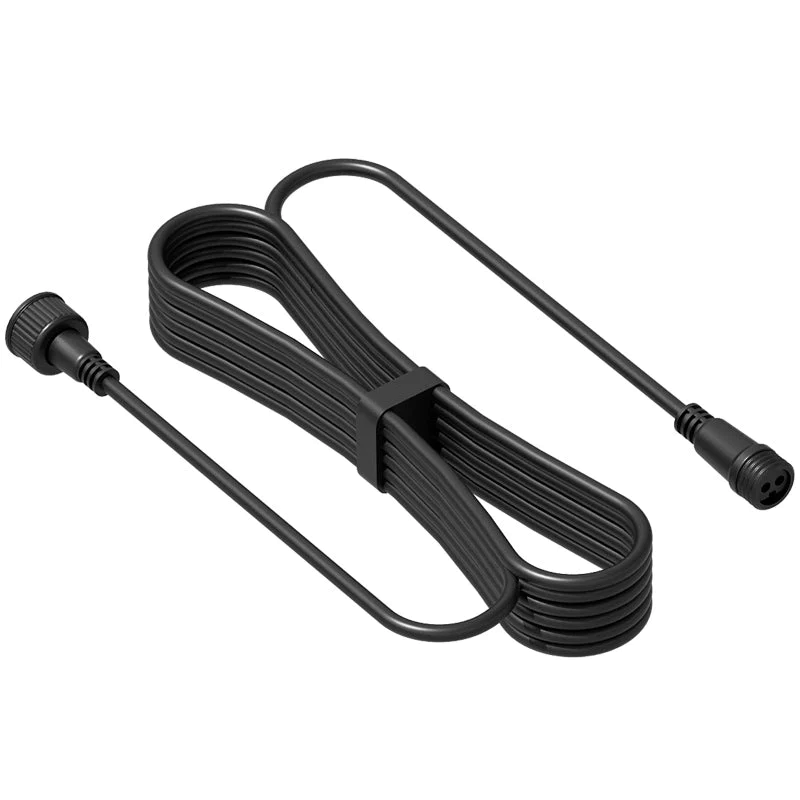
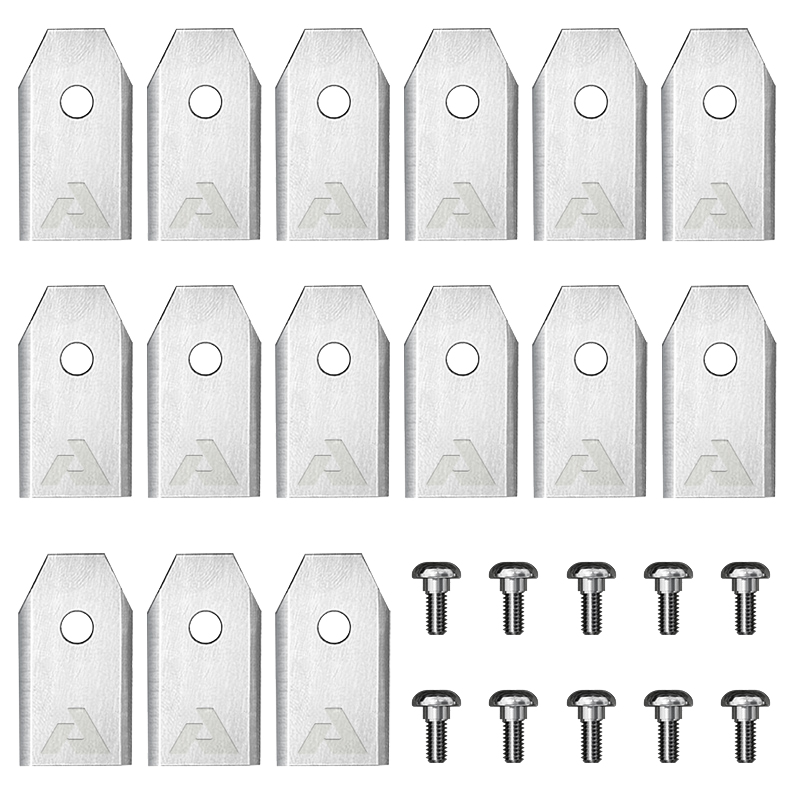
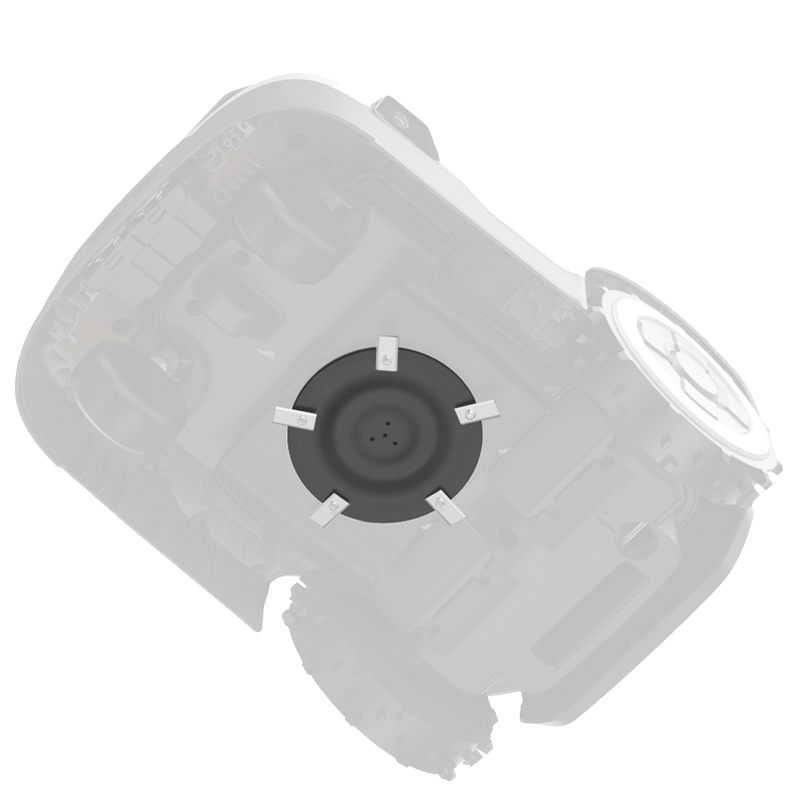
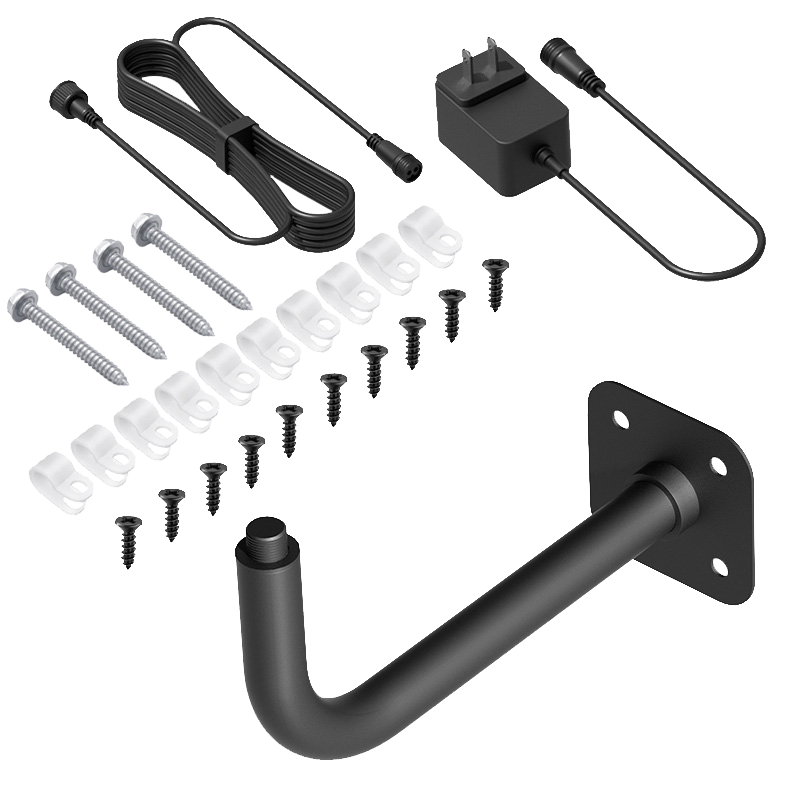

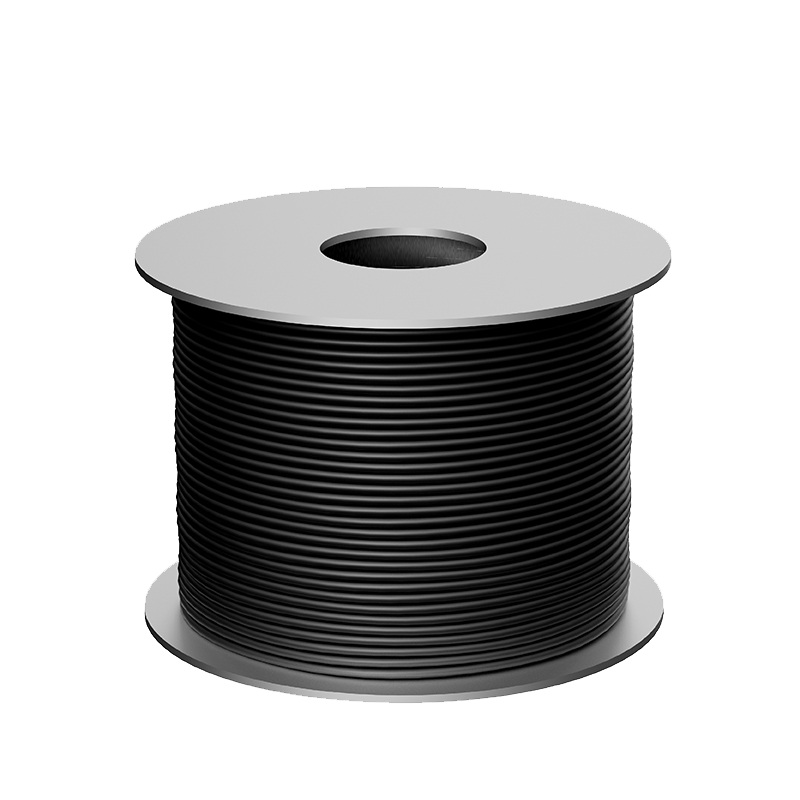
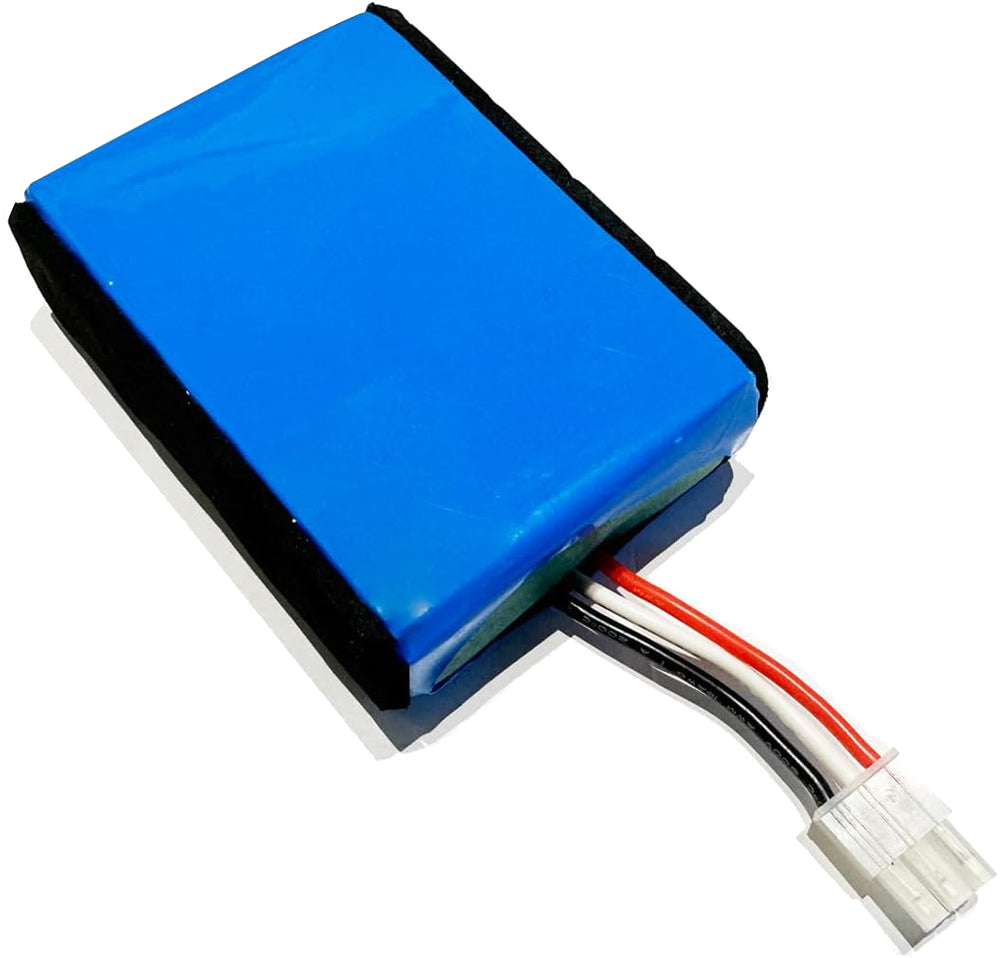


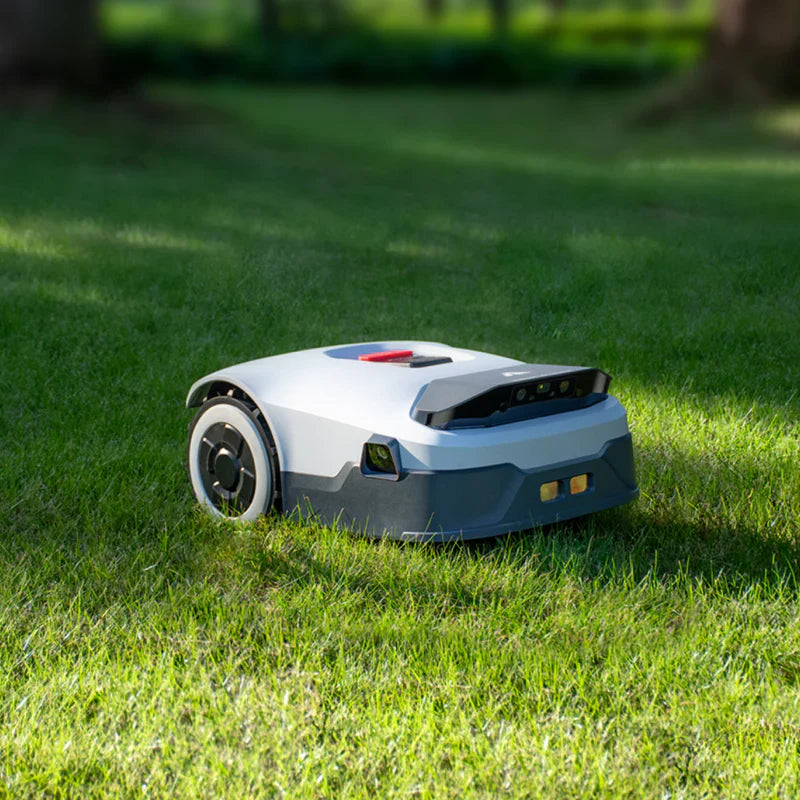
Dejar un comentario
Este sitio está protegido por hCaptcha y se aplican la Política de privacidad de hCaptcha y los Términos del servicio.